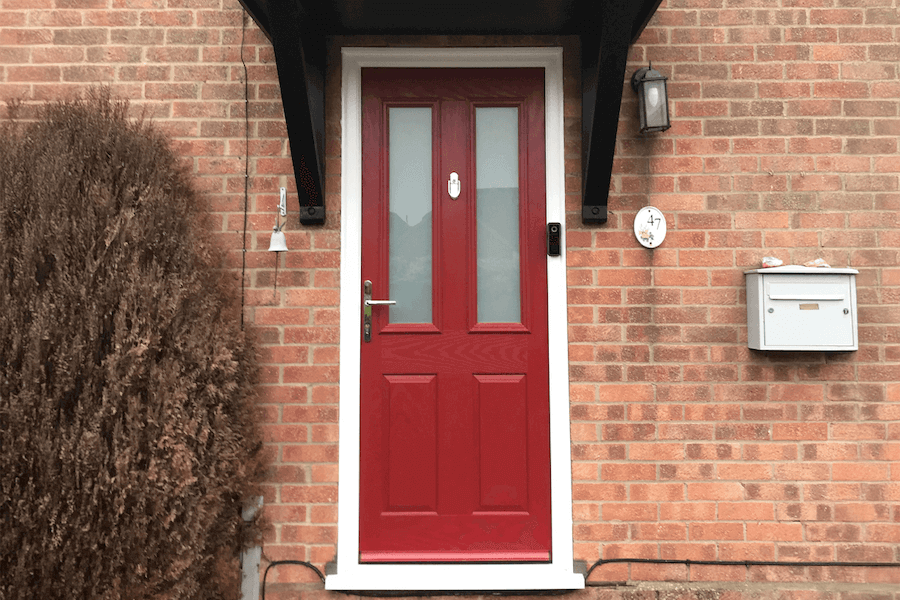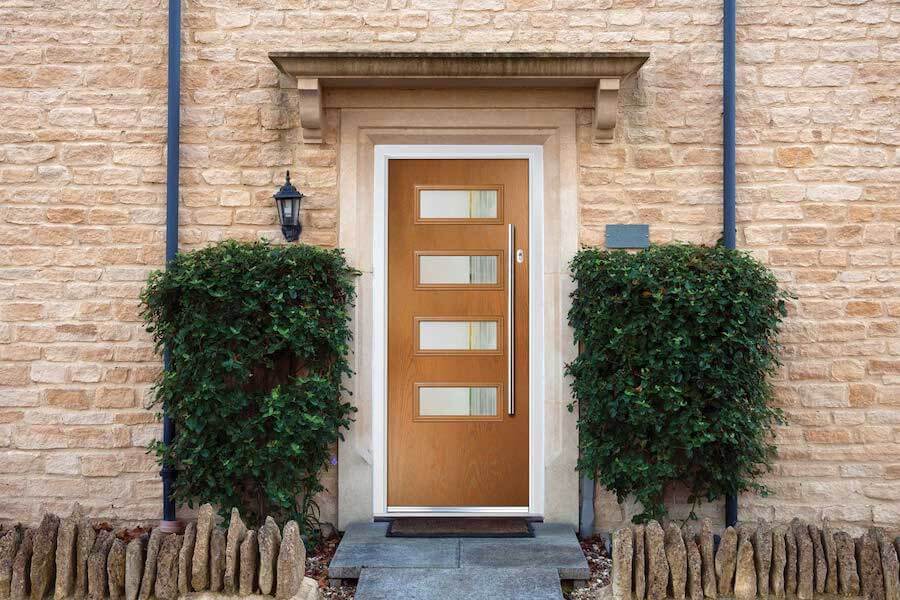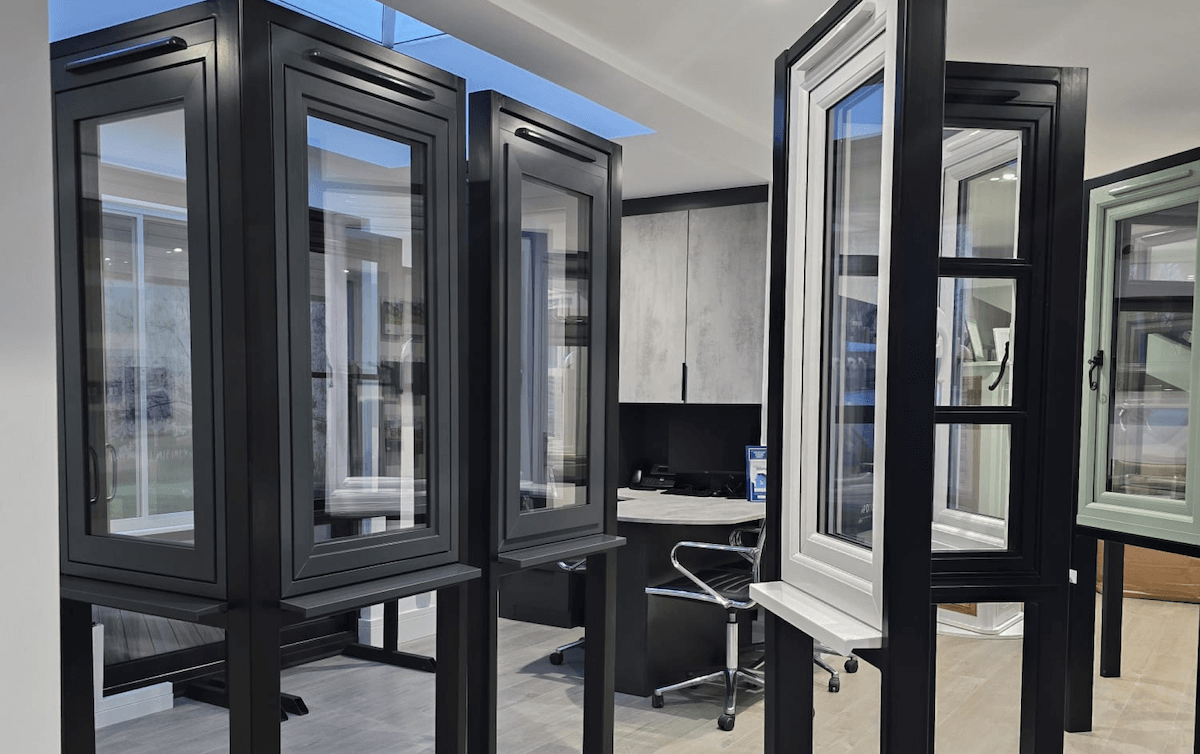How Long Do Composite Doors Last? Maintenance Tips Included

- 17 November 2025
- News
When you’re investing in new doors for your home, durability and value for money are likely at the top of your priority list. If you’re researching composite doors lifespan, you’ve probably discovered that these modern entrance solutions offer something truly exceptional: they can last 30 years or more with proper care. But what exactly makes composite doors so resilient, and how can you ensure yours remain in pristine condition for decades to come?
In this blog, we’ll explore everything you need to know about composite door maintenance and longevity. You’ll discover why composite doors have become the preferred choice for homeowners across Essex, Suffolk, and beyond, and learn practical tips to protect your investment. Whether you’re considering composite doors for your next home improvement project or you’ve recently had them installed, this article will equip you with expert knowledge to make informed decisions.
What Are Composite Doors and Why Do They Last So Long?
Composite doors represent a significant advancement in door technology, combining the best qualities of traditional materials into one superior product. Unlike timber doors or standard uPVC alternatives, composite doors are engineered using a solid timber or high-density polyurethane foam core wrapped in a glass-reinforced plastic (GRP) skin.
This innovative construction is precisely why how long do composite doors last is such an important question with an impressive answer. The GRP exterior layer offers exceptional weather resistance, protecting the door from the elements without requiring the constant maintenance timber demands. The solid timber core provides structural integrity and outstanding insulation and natural insulation, while the polyurethane foam core also enhances thermal efficiency.
The result? A door that combines the aesthetic appeal of traditional timber with the durability and low maintenance of modern materials.
The Impressive 30+ Year Lifespan: What Does This Mean?

When manufacturers claim composite doors last 30 years or longer, they’re not exaggerating. This timeframe reflects real-world performance data from thousands of installations. Many homeowners who invested in quality composite doors over two decades ago still use their original doors today, with minimal degradation.
Composite door durability stems from several factors:
- Superior weather resistance – The GRP skin doesn’t rot, warp, or split like timber
- UV protection – Modern composite doors feature UV-resistant technology that prevents colour fading
- Thermal stability – The solid core resists the expansion and contraction that affects other materials
- Impact resistance – Composite construction can withstand knocks and bumps without permanent damage
This exceptional longevity represents outstanding value when compared to the lifecycle costs of replacing timber doors every 15-20 years or managing the ongoing maintenance of paint and varnish.
Composite Door Construction: The Science Behind the Strength
To truly understand composite doors lifespan, it’s worth examining the engineering that makes them so robust.
The GRP Outer Layer
The glass-reinforced plastic skin is an important factor in the door’s durability. This engineered material combines resin with glass fibres, creating a surface that’s:
- Completely weather-proof
- Resistant to moisture ingress
- Impervious to UV radiation
- Capable of holding colour and finish for decades
Unlike painted timber that requires regular repainting, or uPVC that can become brittle and discoloured, the GRP layer maintains its integrity throughout the composite door’s life.
The Solid Timber Core
Beneath the GRP exterior sits the solid timber core, typically made from sustainably sourced softwood or hardwood. This provides:
- Structural support and rigidity
- Natural insulation properties
- Authentic timber feel and warmth
- Enhanced acoustic performance
The timber is carefully processed and sealed, protecting it from moisture within the sealed door assembly.
The Insulating Foam
High-density polyurethane foam fills the internal cavity, contributing to:
- Superior thermal performance
- Improved sound insulation
- Additional structural stability
- Enhanced security
This multi-layered approach is why composite doors consistently outperform single-material alternatives.
Composite Door Maintenance: Keeping Your Investment Looking Like New

While composite doors require significantly less maintenance than timber doors, proper care is essential to maximise their lifespan and maintain their appearance. The good news? Composite door care and maintenance is straightforward and doesn’t demand specialist knowledge or expensive treatments.
Regular Cleaning: The Foundation of Composite Door Care
The simplest maintenance task is also the most effective. Regular cleaning prevents dirt, salt spray, and environmental contaminants from accumulating on your door’s surface.
Here’s what to do:
- Monthly wipe-down – Use a soft cloth and warm soapy water to clean the GRP surface
- Gentle drying – Pat dry with a clean microfibre cloth to prevent water spotting
- Door furniture care – Keep handles and locks clean and slightly lubricated with a silicone-based lubricant
Seasonal Attention
As seasons change, your composite door faces different challenges:
- Autumn – Remove fallen leaves and debris from the door frame
- Winter – Clear ice and salt spray promptly; use a plastic scraper rather than metal
- Spring – Inspect for any winter damage and give the door a thorough clean
- Summer – Check seals and hinges, as heat can affect door movement
Weather Sealing: The Unsung Hero
The weatherstripping and seals around your composite door are critical to its long-term durability and maintenance. These rubber or foam seals prevent water ingress and maintain thermal efficiency.
Annual seal inspection should include:
- Checking for visible cracks or deterioration
- Ensuring seals sit flush against the frame
- Testing that seals compress properly when the door closes
- Looking for water staining inside the frame (indicating potential seal failure)
If seals show signs of wear, contact your installer at Energy Efficient Homes, we can replace weatherstripping quickly and affordably, protecting your door investment.
Hardware and Mechanisms: Keeping Everything Moving Smoothly
Your composite door’s hinges and pivots bear substantial weight and experience constant movement. Proper maintenance ensures smooth operation for the full composite door lifespan.
Hinge care includes:
- Visual inspection every six months for rust or corrosion
- Light lubrication with silicone spray (avoid oil-based lubricants that attract dirt)
- Checking that screws remain tight
- Ensuring the door doesn’t sag or stick (indicating hinge problems)
Most quality composite door hinges are manufactured from stainless steel or powder-coated materials, offering excellent corrosion resistance. However, coastal properties should pay extra attention, as salt air accelerates corrosion.
Locks and Handles
Your door’s security hardware should function smoothly and reliably:
- Monthly lubrication – Apply silicone-based lubricant to lock mechanisms
- Key operation – Test that keys turn smoothly; grinding sounds indicate problems
- Handle tightness – Check that external handles don’t wobble or loosen
- Internal mechanisms – Listen for clicking sounds that might indicate worn components
Should you experience stiffness or resistance, consult your installer before problems worsen. Early intervention prevents costly repairs.
Glass Components
If your composite door features glazed panels:
- Clean glass monthly with standard glass cleaner
- Inspect glazing seals for condensation (indicating potential seal failure)
- Ensure glass units are secure within their frames
- Check that decorative glazing bars (if present) remain intact
As you can see, composite doors are a great investment in any home. If you’re thinking about replacing your home’s entrance door and you’d like to find out more about our range of composite doors, contact Energy Efficient Homes today. You can call us on 01206 274 111 or send us a message online and we’ll get back to you as soon as possible.









